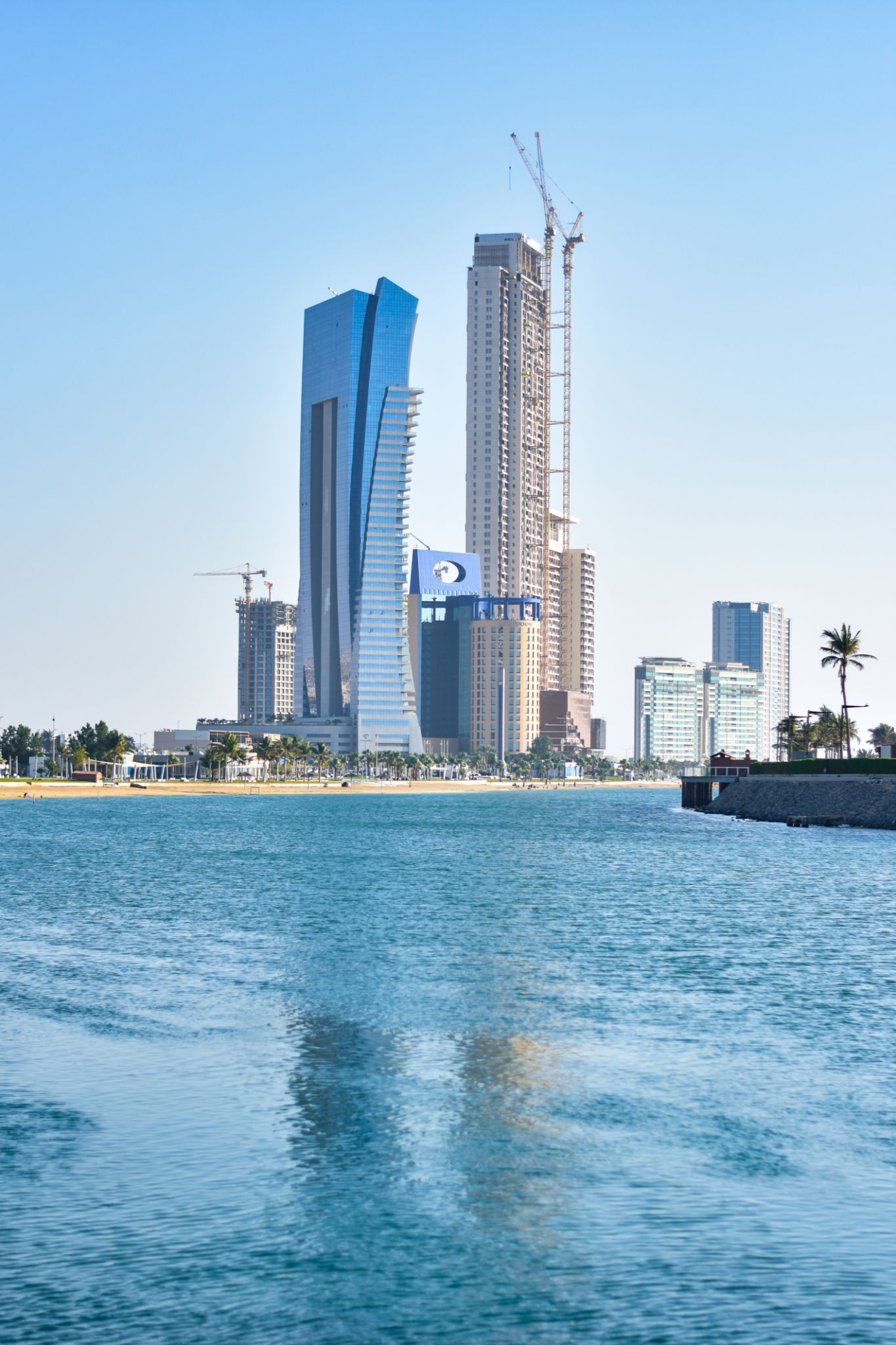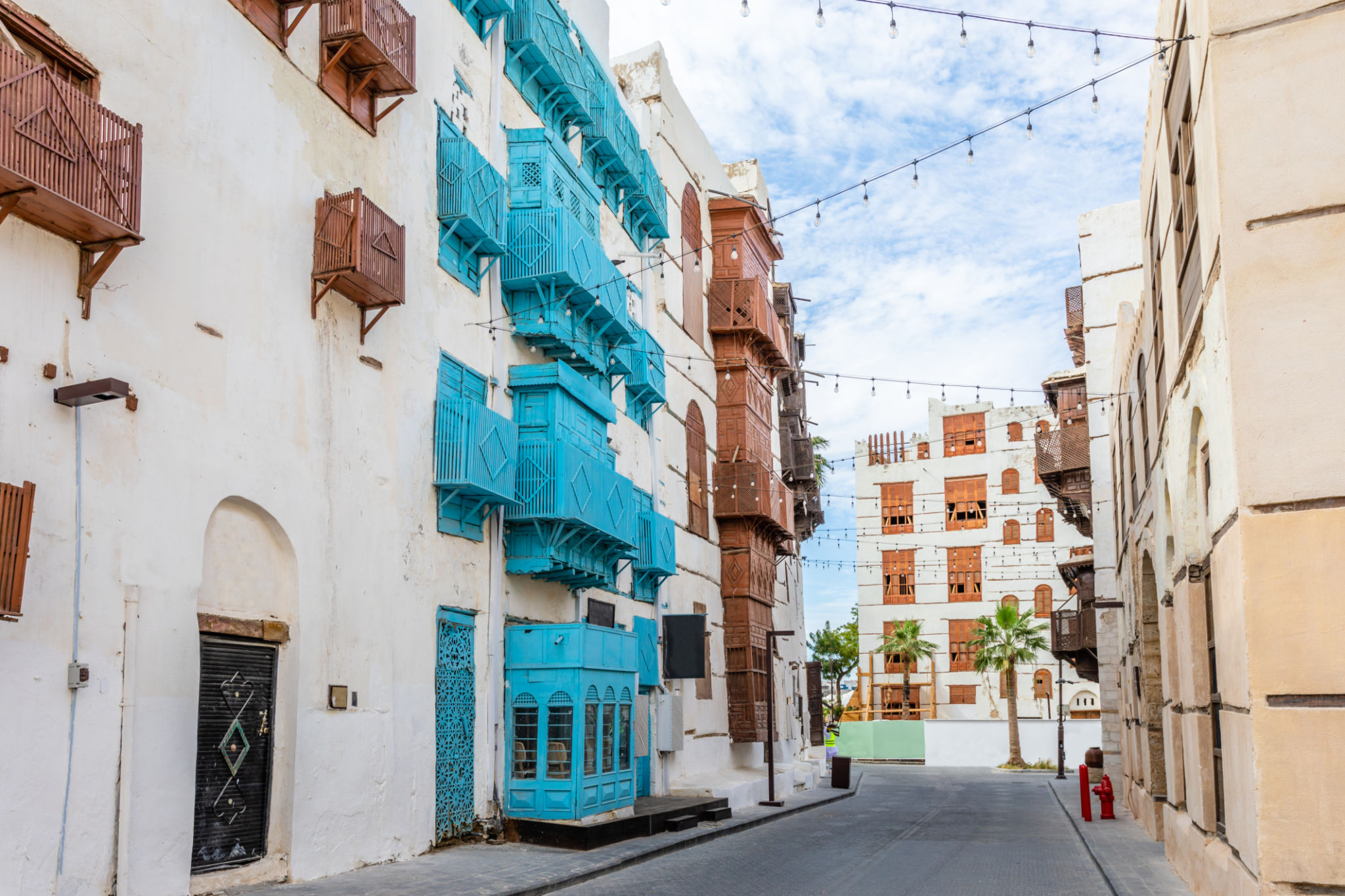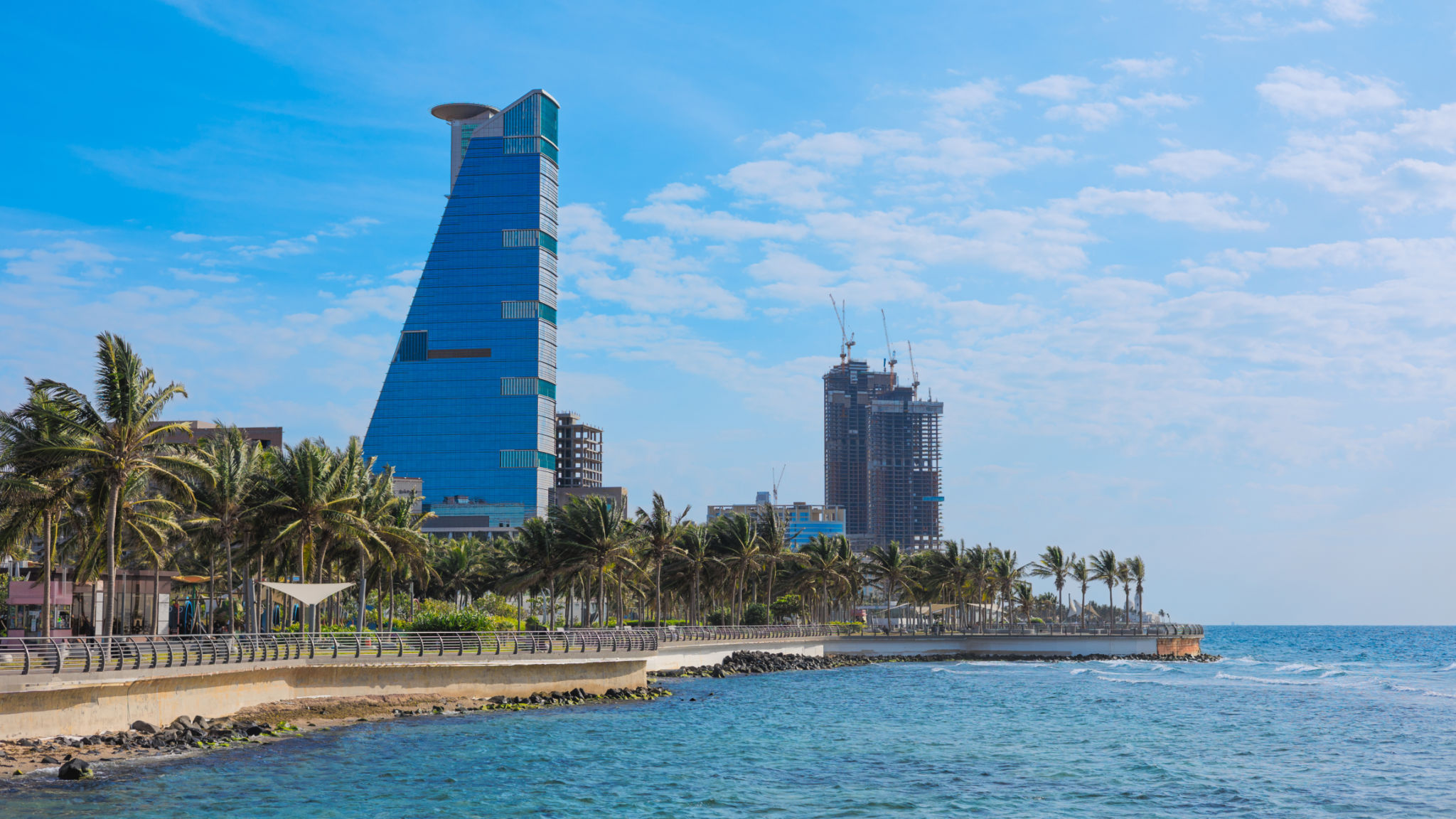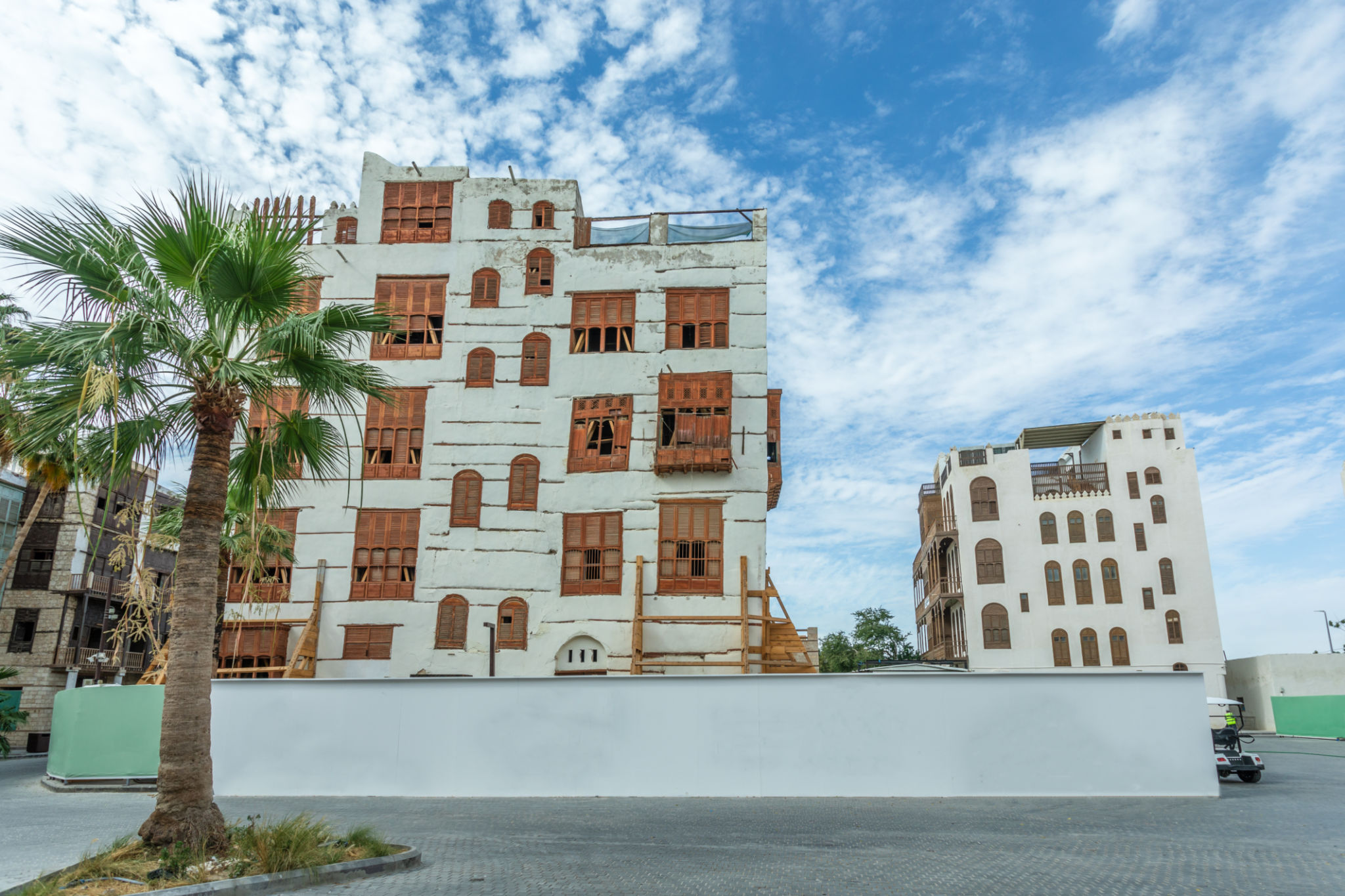A Comprehensive Guide to Architecture Design in Jeddah
Introduction to Architecture Design in Jeddah
Jeddah, a vibrant city on the Red Sea, is renowned for its unique blend of traditional and contemporary architecture. As a major urban center in Saudi Arabia, Jeddah has embraced modernity while preserving its rich cultural heritage. This guide explores the fascinating world of architecture design in Jeddah, offering insights into its historical influences and modern developments.

Historical Influences on Jeddah's Architecture
The architectural landscape of Jeddah is deeply rooted in its history as a bustling port city. Historically, Jeddah's architecture was influenced by Islamic traditions and the city's strategic position as a gateway for pilgrims traveling to Mecca. Traditional buildings, known as Hijazi architecture, feature intricately carved wooden windows and coral stone structures that reflect the city's rich cultural tapestry.
These traditional buildings, often found in the historic Al-Balad district, are characterized by their distinctive Roshan (wooden latticework) and vibrant colors, providing a glimpse into Jeddah's past. This architectural style not only showcases aesthetic beauty but also practical solutions for ventilation and privacy.

Contemporary Architecture in Jeddah
In recent decades, Jeddah has witnessed a surge in modern architectural developments. The city's skyline is now dotted with skyscrapers and innovative structures that reflect global architectural trends. Contemporary architects in Jeddah are pushing boundaries by incorporating sustainable design principles and cutting-edge technology.
One of the most iconic examples of modern architecture in Jeddah is the Kingdom Tower, which stands as a testament to the city's ambition and growth. The use of glass facades and sleek lines marks a departure from traditional designs, symbolizing Jeddah's evolution into a cosmopolitan hub.

Key Architectural Projects and Landmarks
Jeddah is home to several key architectural projects that have garnered international attention. The Jeddah Corniche, a waterfront development, is a prime example of urban planning that seamlessly blends leisure spaces with stunning sea views. This area highlights the importance of public spaces in urban design, offering residents and tourists a place to relax and enjoy the city's natural beauty.
Another notable project is the King Abdulaziz Center for World Culture, an architectural marvel that combines cultural elements with futuristic design. These landmarks not only enhance Jeddah's aesthetic appeal but also contribute to its cultural and social landscape.
Sustainable Architecture Practices
Sustainability has become a key focus in Jeddah's architectural design. With increasing awareness of environmental issues, architects are embracing green building practices to reduce the ecological footprint of new constructions. This includes the use of energy-efficient materials, solar panels, and innovative water conservation techniques.
The integration of sustainable practices is evident in various residential and commercial projects across the city, showcasing Jeddah's commitment to creating a more environmentally friendly urban environment.

The Future of Architecture in Jeddah
The future of architecture design in Jeddah looks promising, with ongoing projects that aim to further enhance the city's global standing. The focus on smart city initiatives will likely drive innovations in infrastructure and urban planning, making Jeddah a leading example of 21st-century architectural excellence.
As Jeddah continues to grow and evolve, its architecture will undoubtedly reflect the dynamic interplay between tradition and modernity, offering a unique blend of past and future for residents and visitors alike.